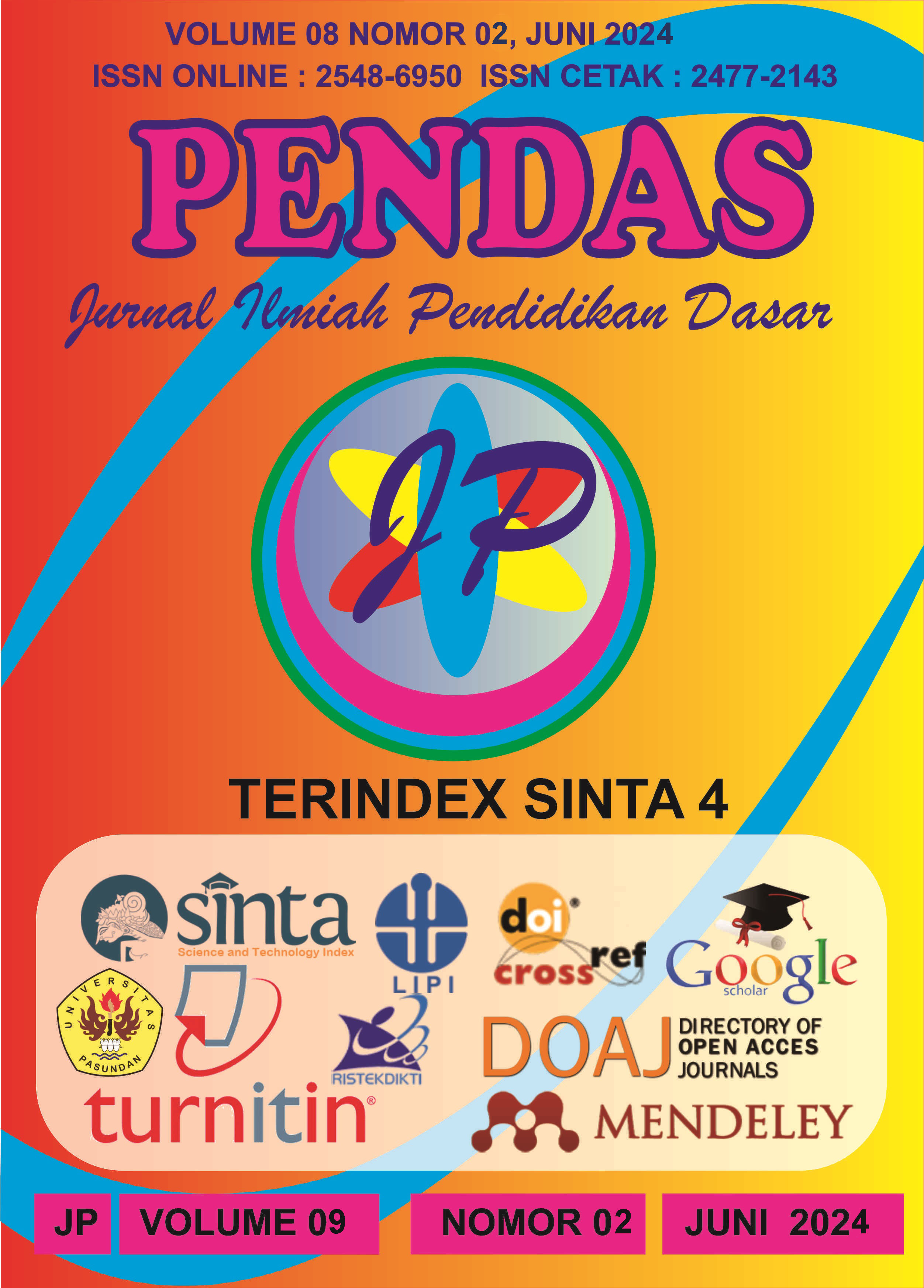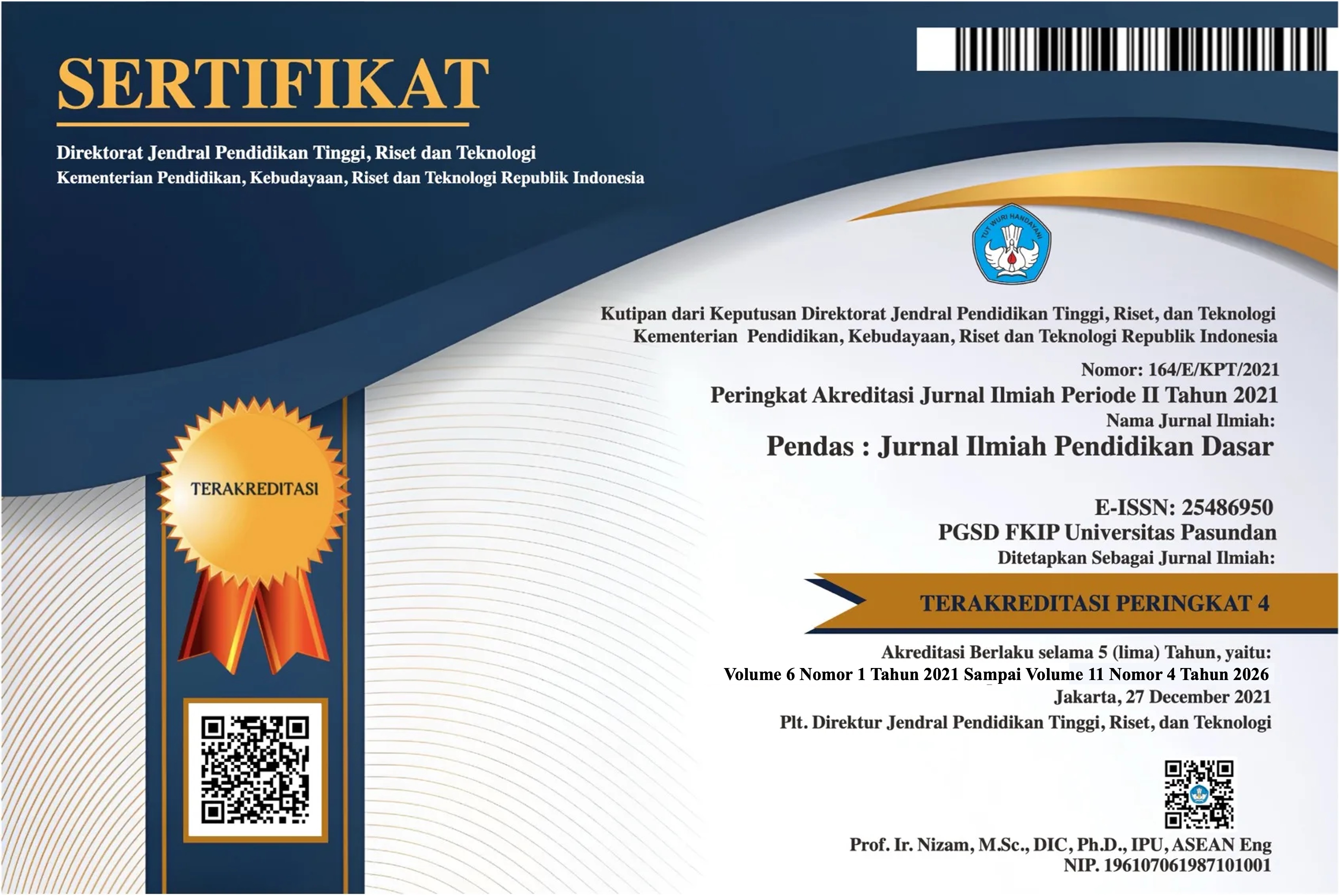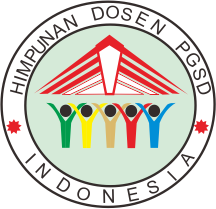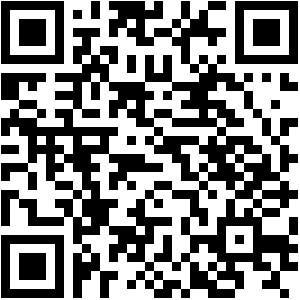ANALISIS GAYA BELAJAR AUDITORI SISWA DALAM PEMBELAJARAN TEMATIK DI KELAS III SEKOLAH DASAR NEGERI BOJONGSARI 04
DOI:
https://doi.org/10.23969/jp.v9i2.13465Keywords:
auditory learning style, students, thematic learningAbstract
This research is motivated by the difficulties experienced by auditory learners in understanding information presented in written form. Hence, the author was prompted to analyze the auditory learning style of students in thematic learning. The aim of this research is to describe the auditory learning style of third-grade students. This research was conducted at SDN Bojongsari 04. The method used is qualitative descriptive research. The subjects of this research are third-grade students. Data collection techniques used include observation, interviews, field notes, and documentation. The data analysis techniques employed include data collection, data reduction, data presentation, and triangulation. The results of the research show that students with an auditory learning style in thematic learning maximize their hearing through interactive lectures, group discussions, and listening to audio readings or story dialogues conducted by the teacher. The students then listen while following along with the story by reading books. The obstacles faced by students with an auditory learning style in thematic learning include difficulties in understanding visually presented materials, such as reading texts and pictures. The solution used by teachers to overcome these comprehension barriers for students with an auditory learning style is to provide oral explanations. Additionally, teachers also employ strategies such as asking students to recap the taught material, enabling them to provide additional explanations if necessary.Downloads
References
Darman R. A,. (2020). Belajar dan Pembelajaran, Indonesia; Guepedia The First onPublisher in indonesia.
https://play.google.com/store/books/details/Regina_Ade_Darman_BELAJAR_DAN_PEMBELAJARAN?id=3KJKEAAAQBAJ
De Porter B, & Mike Hernacki. (2014). Quantum Learning . Bandung: Kaifa.
Dirman dan Cicih Juarsih. (2014). Teori Belajar dan Prinsip-prinsip Pembelajaran yang mendidik. Jakarta: PT. Rineka Cipta.
https://lib.ummetro.ac.id/index.php?p=show_detail&id=7606
Sugiyono. (2014). Memahami Penelitian Kualitatif. Bandung: ALFABETA, cv.
Hendriana, E.C. (2018). Pengaruh Model Pembelajaran Problem Based Learning Dan Gaya Belajar Auditorial Terhadap Hasil Belajar Ips di Sekolah. Jurnal Pendidikan Dasar Indonesia. 3(1):1-8. http://dx.doi.org/10.26737/jpdi.v3i1.484
Lestari, M. R. D. W.,(2018). Keterampilan Dasar Mengajar di Sekolah Dasar. 1(1), 199- 210.
https://scholar.google.com/citations?view_op=view_citation&hl=en&user=0uRFnGwAAAAJ&citation_for_view=0uRFnGwAAAAJ:d1gkVwhDpl0C
Sugiyarto, K., Supriyanto, A., & Setiawan, H. (2021). Penerapan Pembelajaran Tematik di Sekolah Dasar. Journal of Educational Research and Evaluation, 5(2), 47-54. http://dx.doi.org/10.17977/jptpp.v3i12.11796
Susanto, A., (2018). Teori Belajar dan Pembelajaran di Sekolah Dasar. Jakarta: Kencana prenada Media Group.
https://scholar.google.com/citations?view_op=view_citation&hl=en&user=7XXDx6kAAAAJ&citation_for_view=7XXDx6kAAAAJ:3s1wT3WcHBgC
Undang-Undang No. 20 Tahun 2003 tentang Sistem Pendidikan Nasional. 2003. Jakarta: Depdiknas.
Wahyuni, Y. (2017). Identifikasi Gaya Belajar (Visual, Auditorial, Kinestetik) Mahasiswa Pendidikan Matematika Universitas Bung Hatta, JPPM 10 (2).
http://dx.doi.org/10.30870/jppm.v10i2.2037
Downloads
Published
Issue
Section
License
Copyright (c) 2024 Pendas : Jurnal Ilmiah Pendidikan Dasar

This work is licensed under a Creative Commons Attribution 4.0 International License.



















